Foto's: de prachtige metrostations van Moskou zijn 'paleizen voor de gewone mensen'
Cultuur
Toen Josef Stalin in de tweede helft van de jaren twintig aan de macht kwam, was er nauwelijks openbaar vervoer in het almaar uitdijende Moskou. In drie jaar tijd werd uiteindelijk een metronetwerk uit de grond gestampt. In het voorjaar van 1935 ging de eerste metro rijden langs dertien stations. Het metrosysteem was op zichzelf een vorm van communistische propaganda. Overal hingen foto's van Stalin en de stations waren prachtig verlichte zalen. Het idee was dat de mensen in de ondergrondse stations op keken tegen Stalin boven de grond. Stalin noemde het 'paleizen voor gewone mensen'. Hij wilde laten zien dat het belastinggeld goed werd besteed. In 1991 stortte de Sovjet Unie in, maar 9 miljoen Russen maken nog steeds gebruik van de 200 metrostations. Het is een van de drukste netwerken van Europa en het groeit nog steeds. In 2020 moet het metronetwerk van Moskou het grootste ter wereld zijn. is de eerste die foto's heeft gemaakt van de metrostations zonder dat er mensen zijn. Hij was een jaar bezig om toestemming te krijgen om 's ochtends vroeg vóór de eerste metro vertrekt te mogen fotograferen. Hieronder een aantal van zijn mooiste foto's:
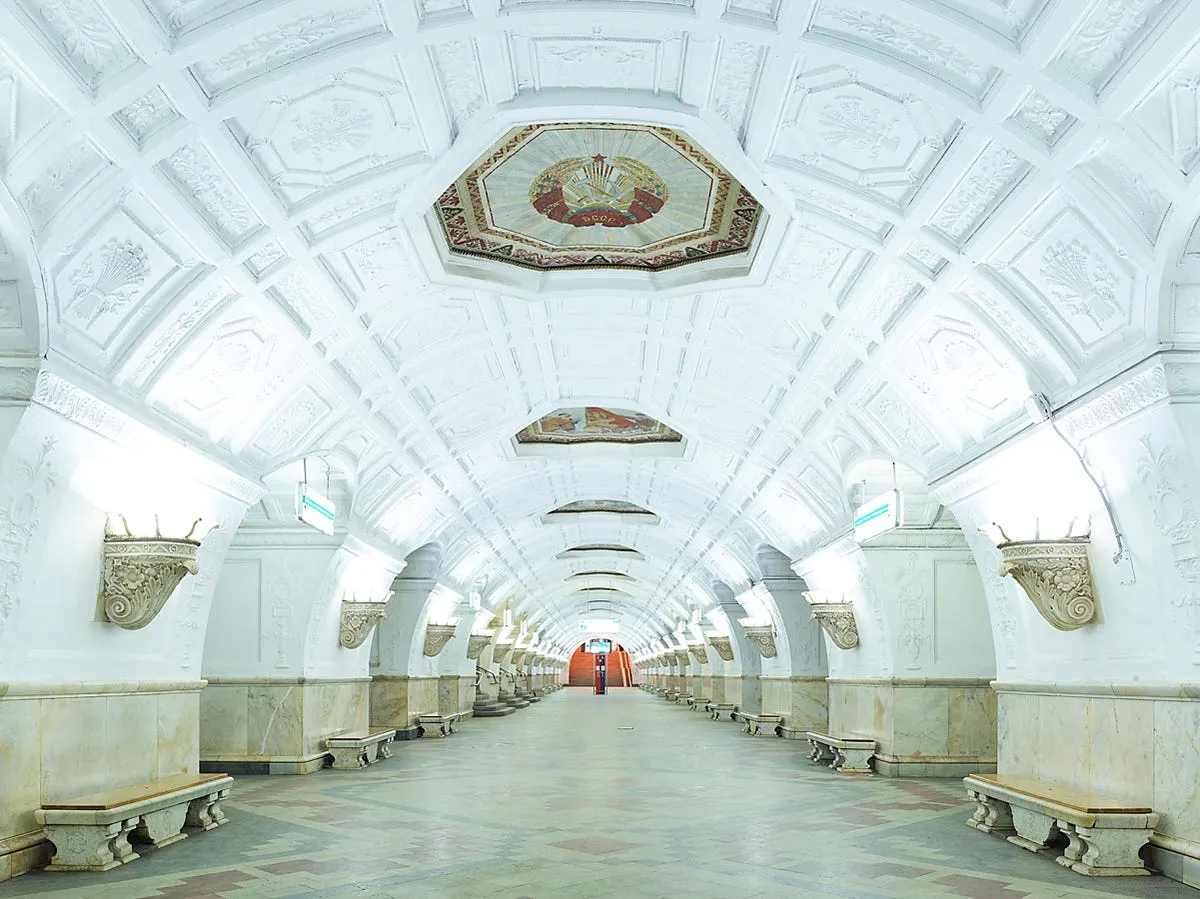
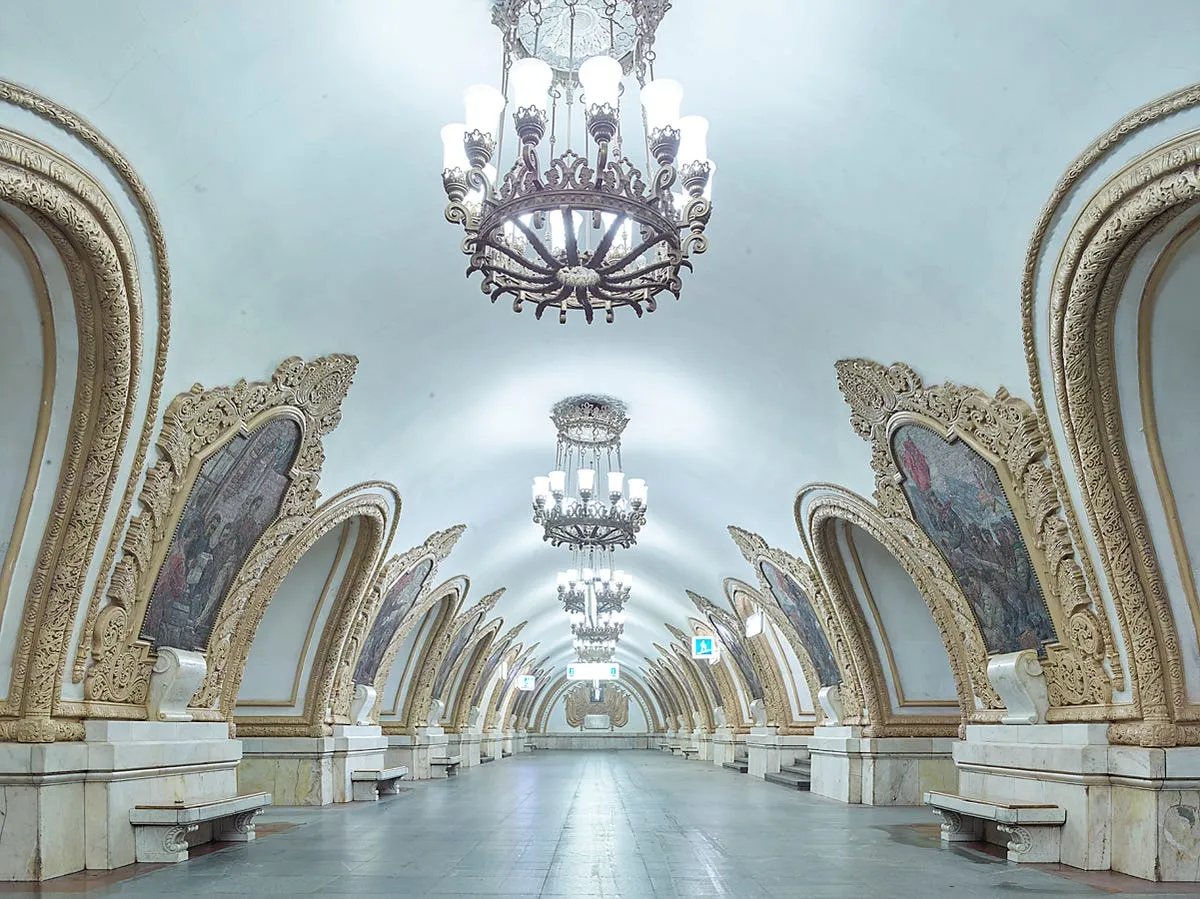
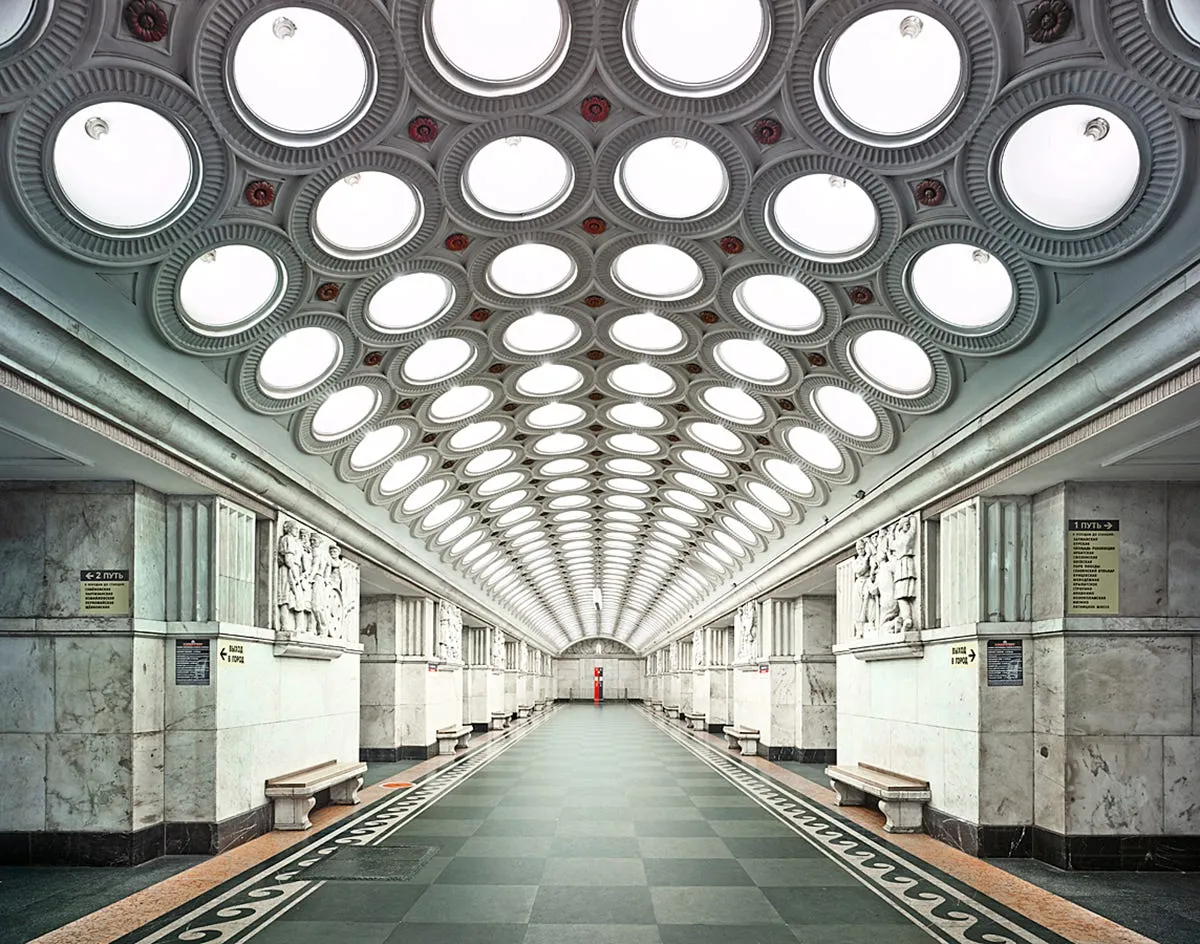
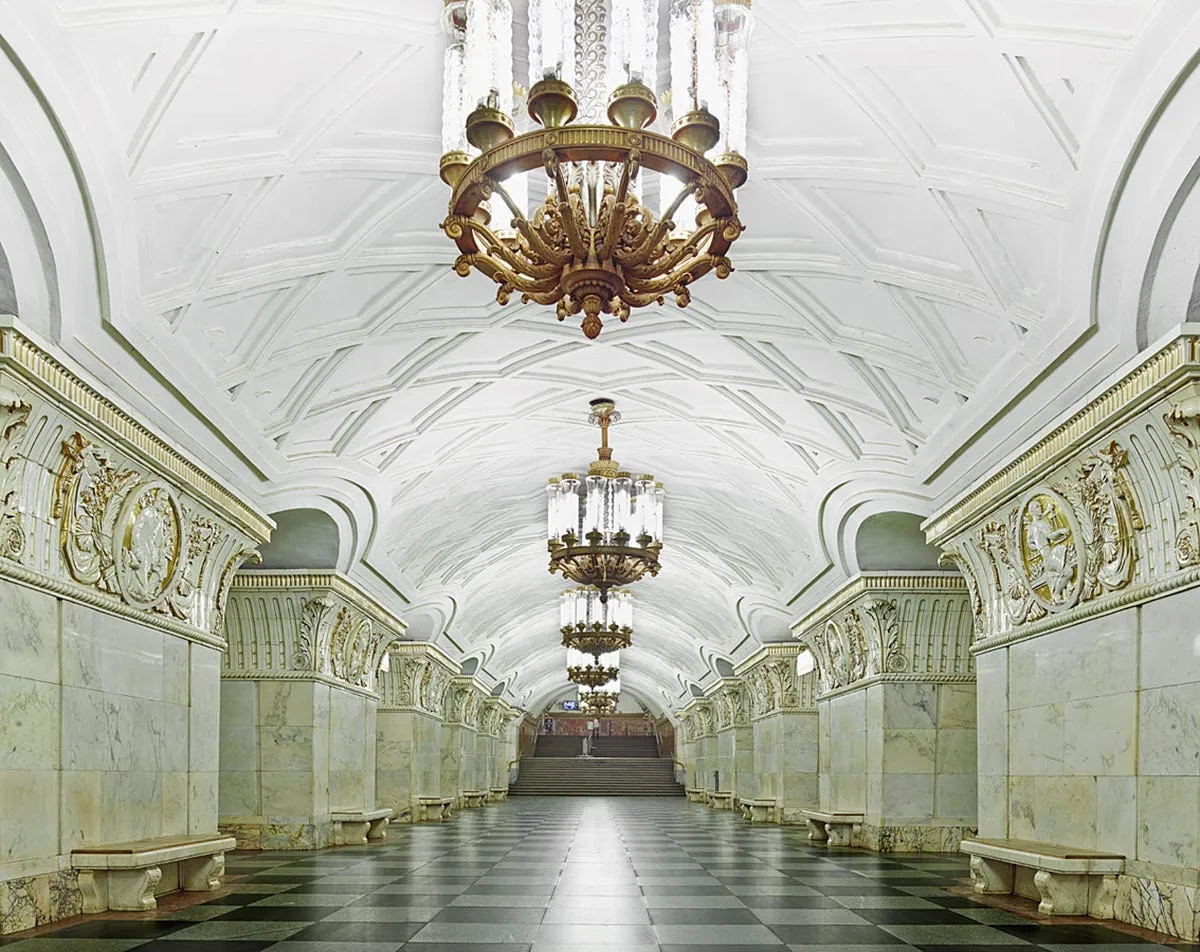
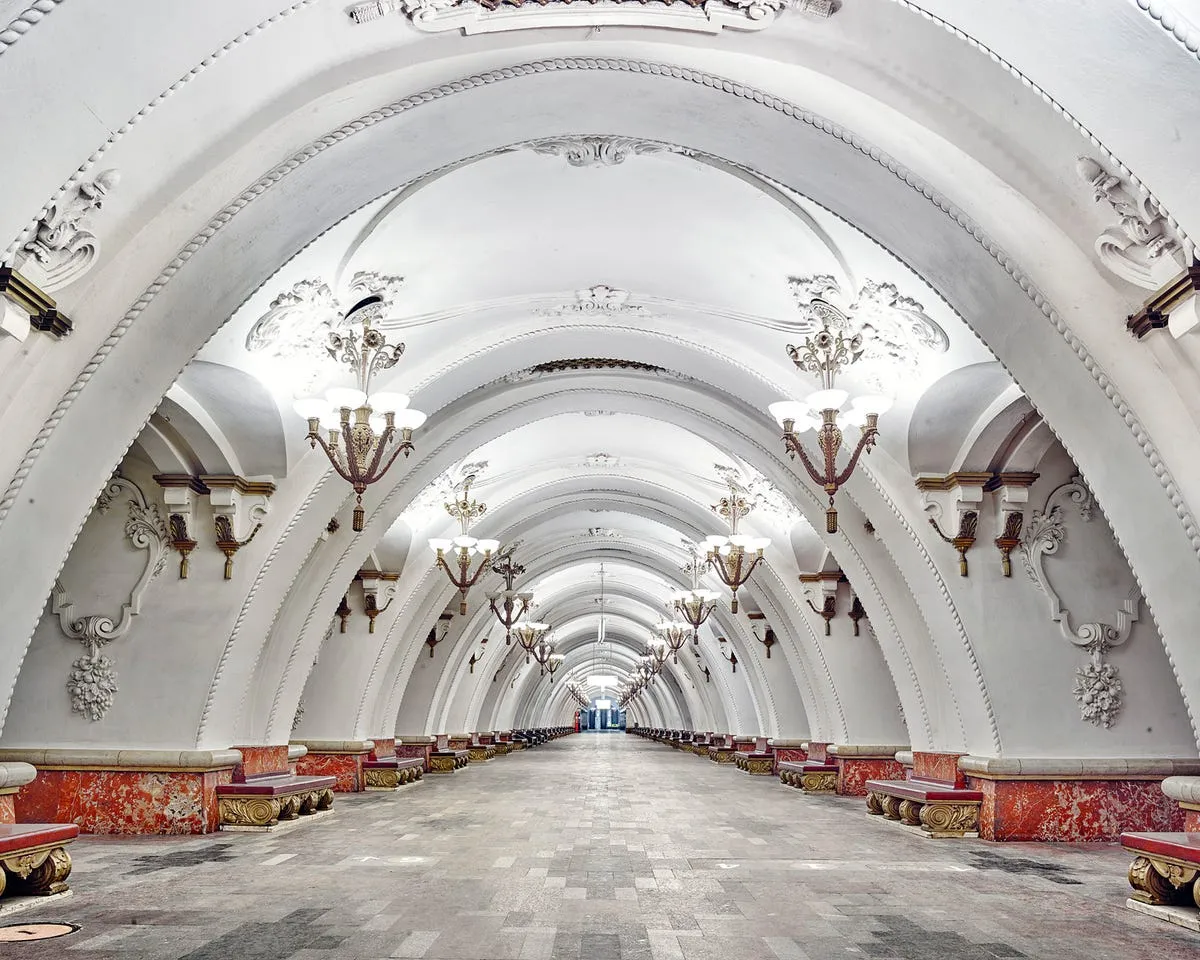
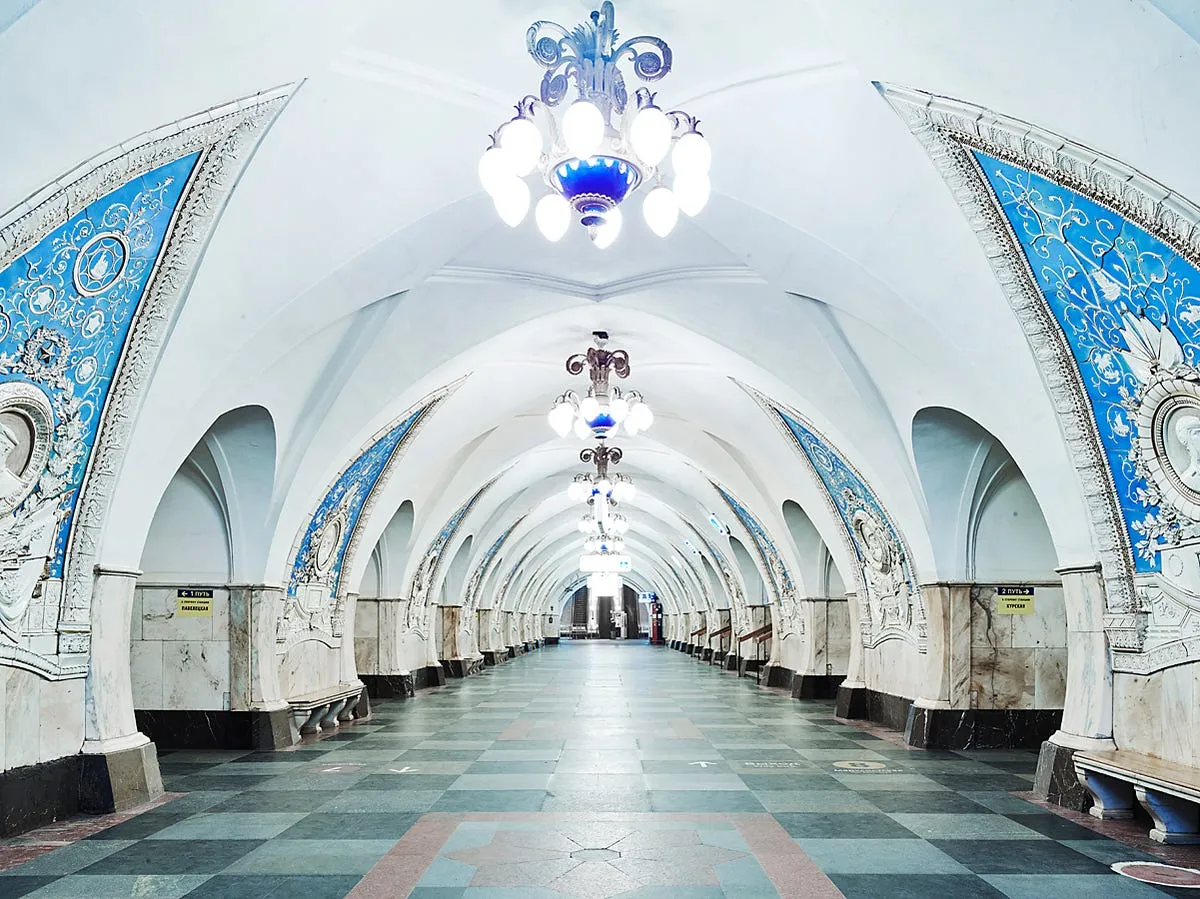
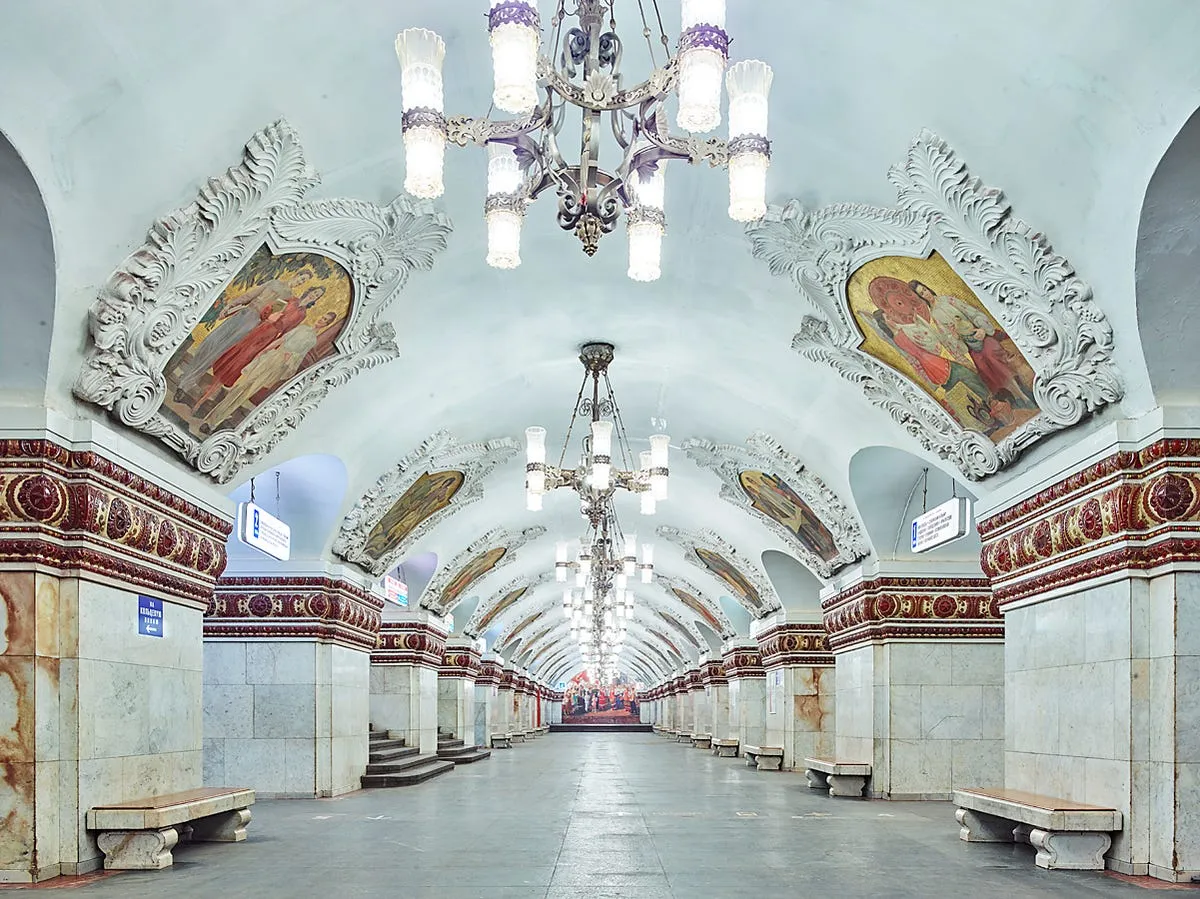
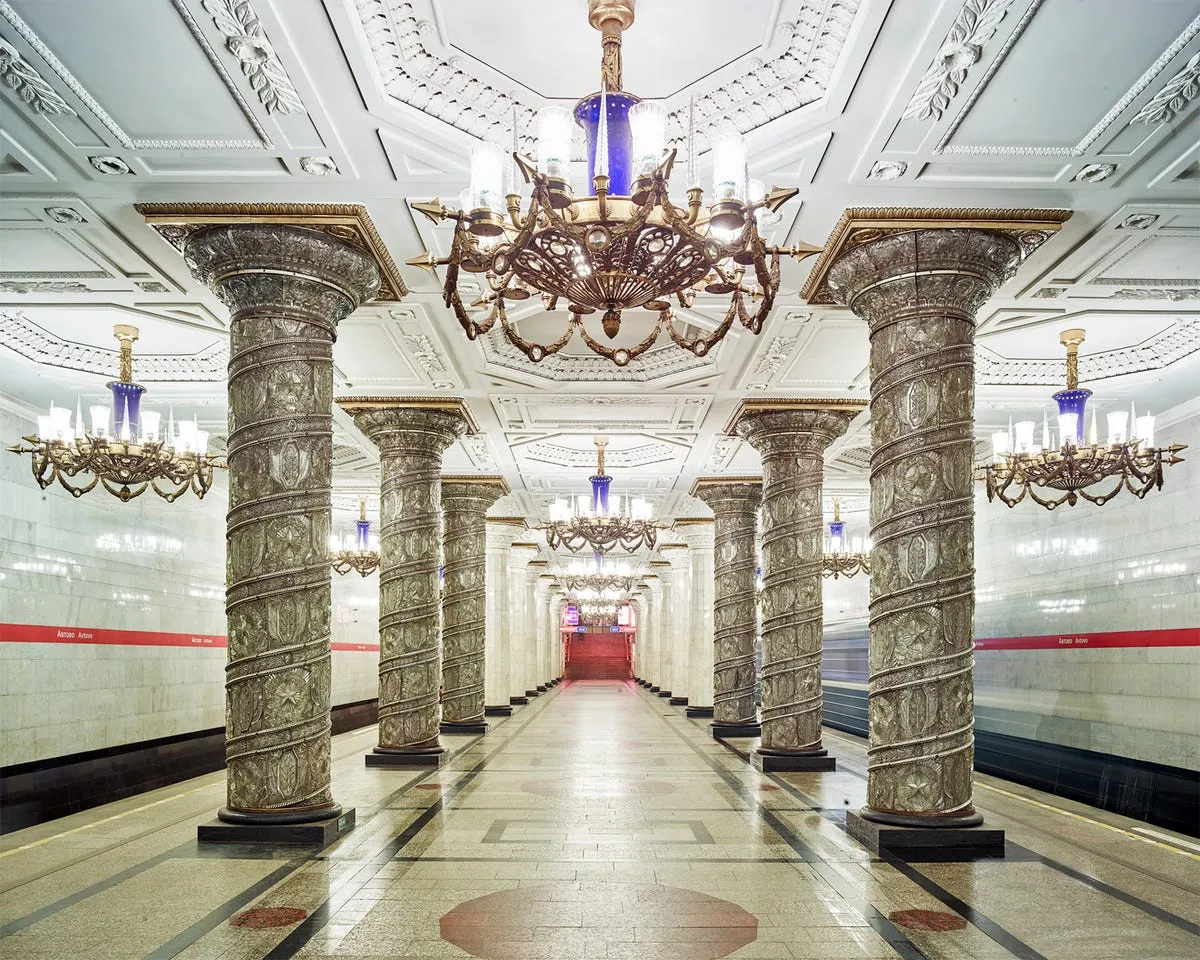
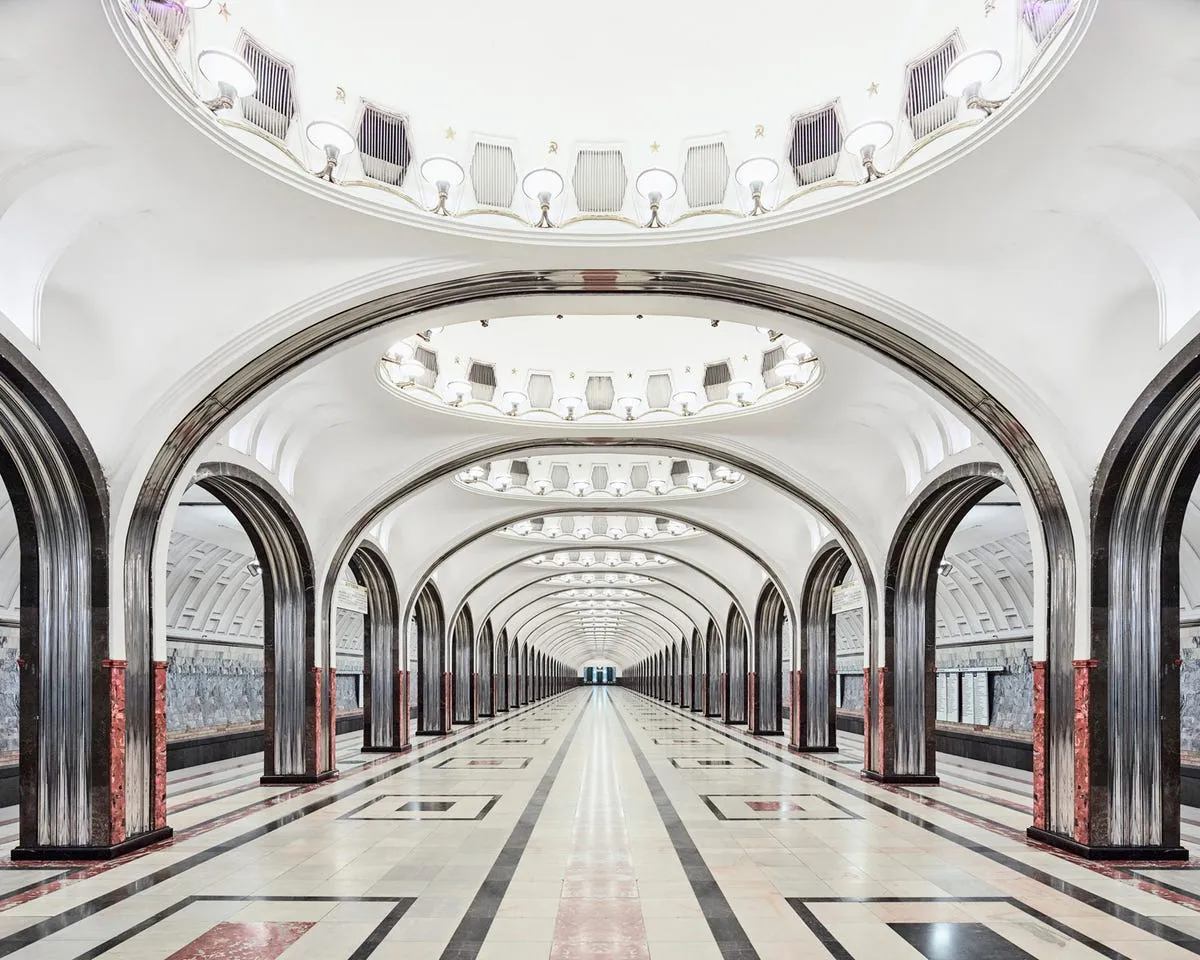
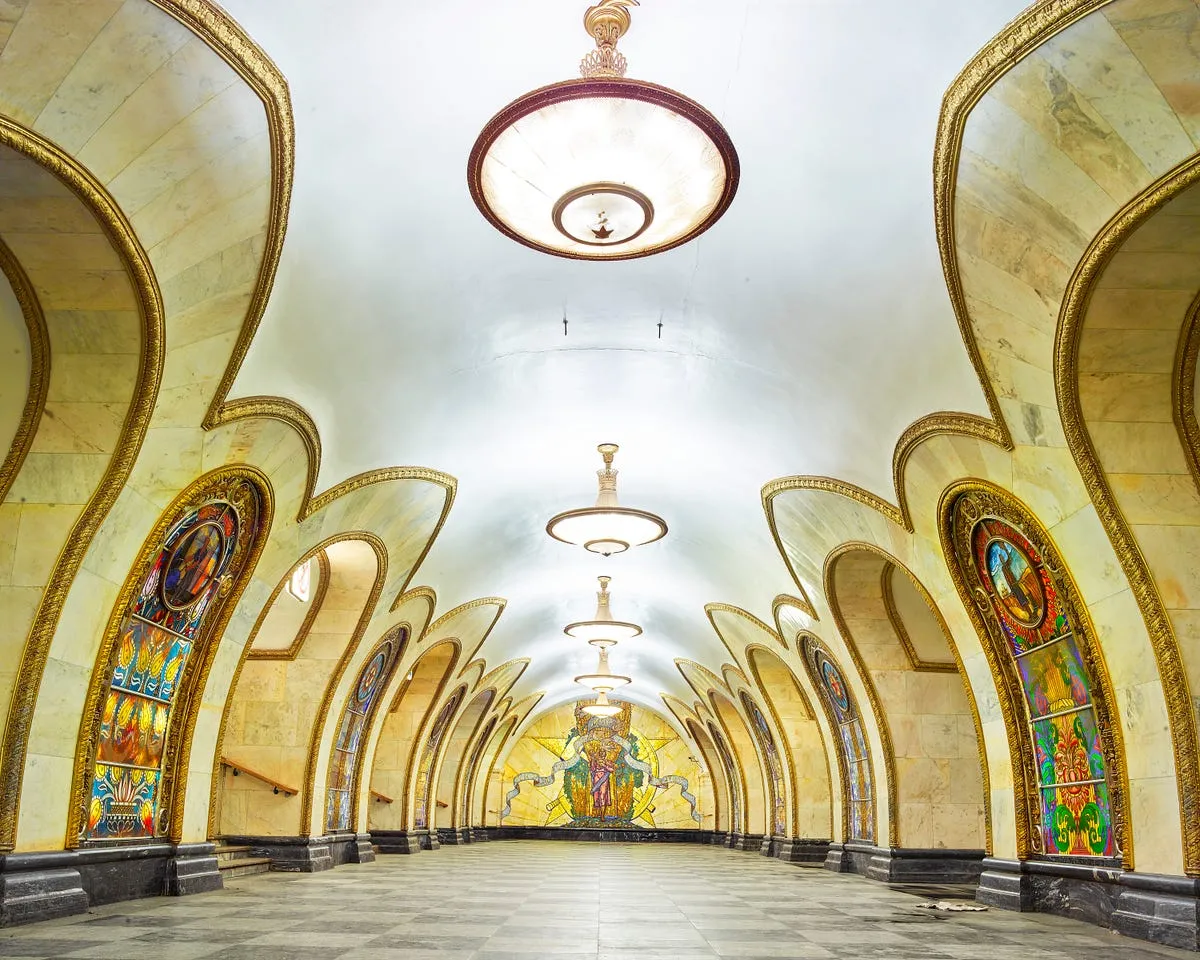
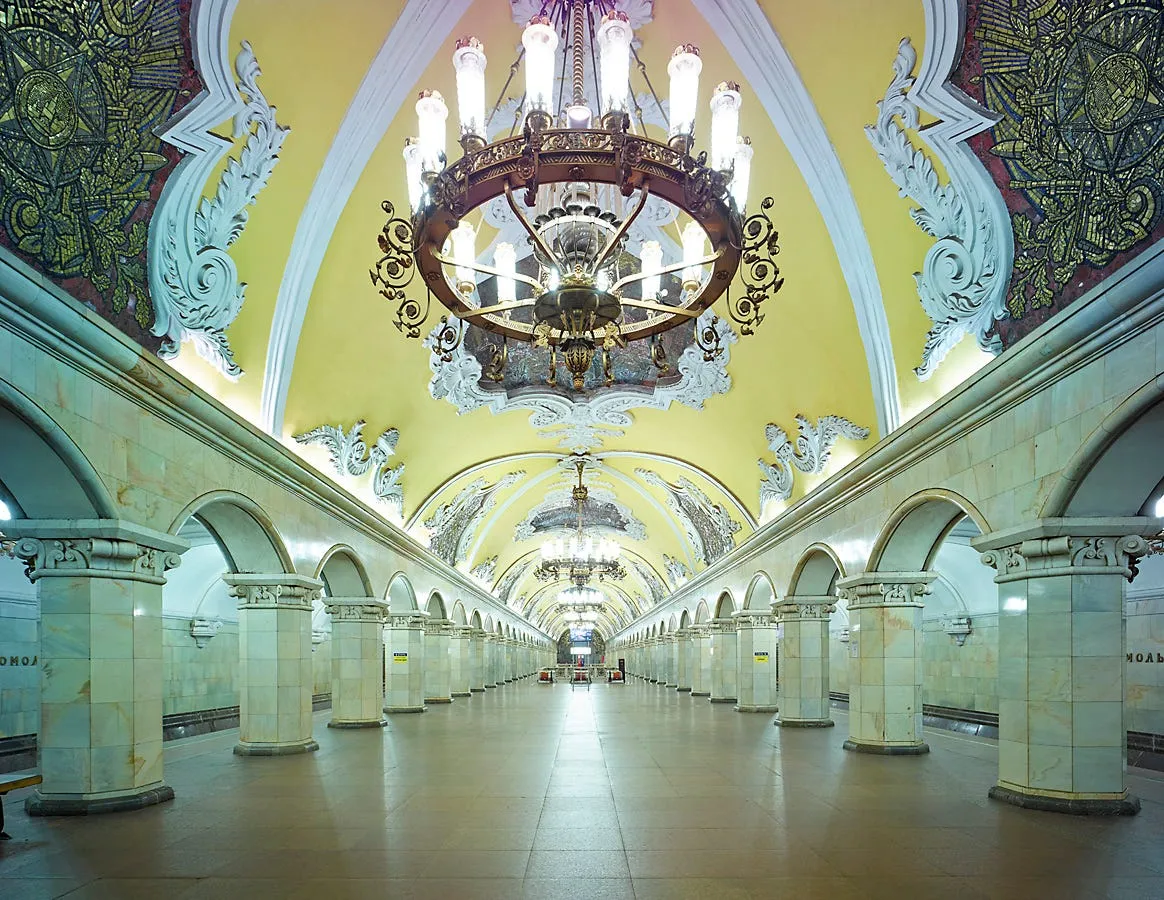
Bron(nen): Business Insider
POPULAIR NIEUWS

Zelfdiscipline klinkt saai, maar je wordt er echt gelukkiger van

Trump is woest en geeft Netanyahu oorwassing: ‘Hij gaat ook in eigen land op megamanier af’

Minder van dit aminozuur verlengde het leven van muizen met een derde

Nooit meer spetters op je broek: wetenschappers lossen eeuwenoud plasprobleem op met wiskundige precisie

7 gewoontes om op te geven als je gelukkiger wil zijn
